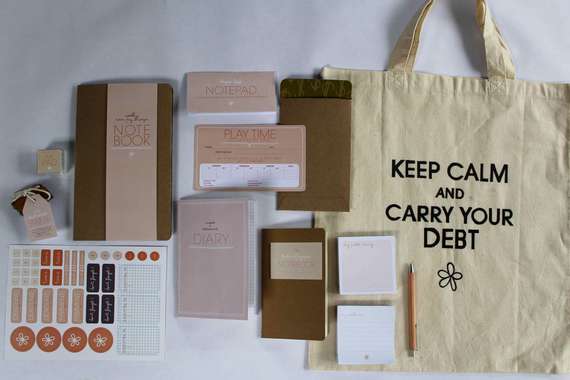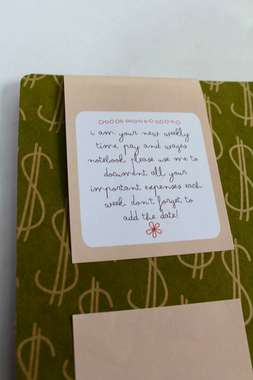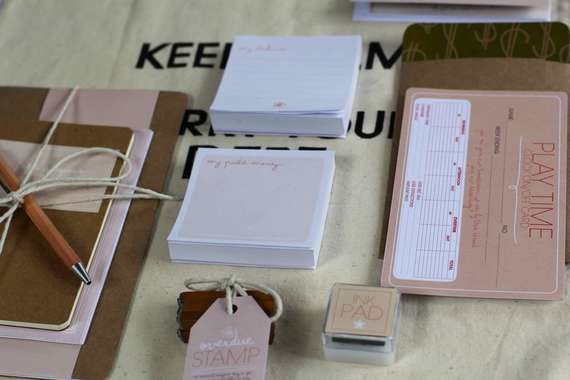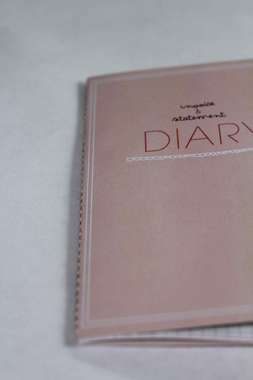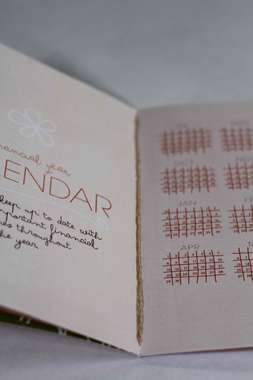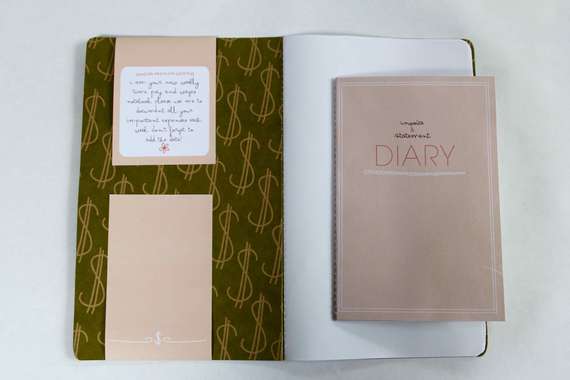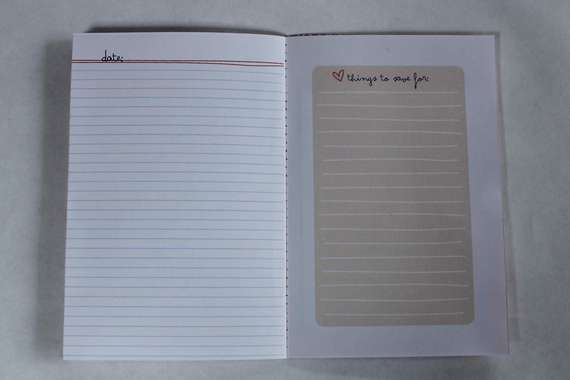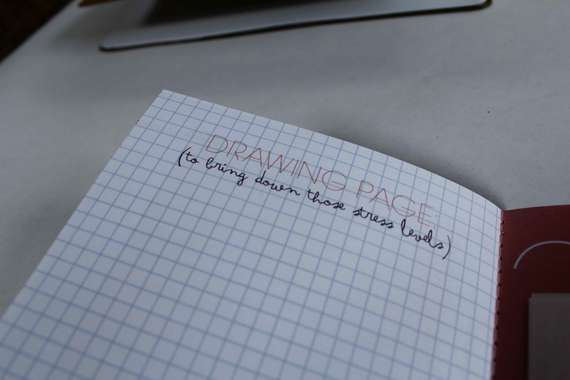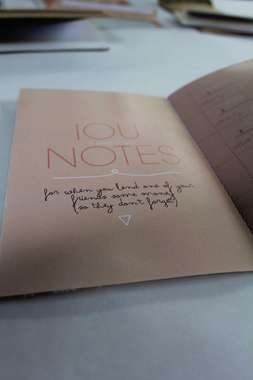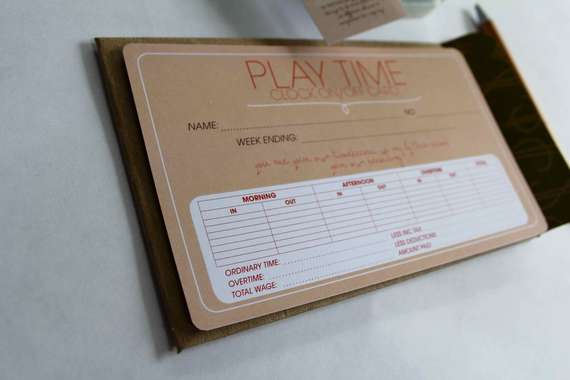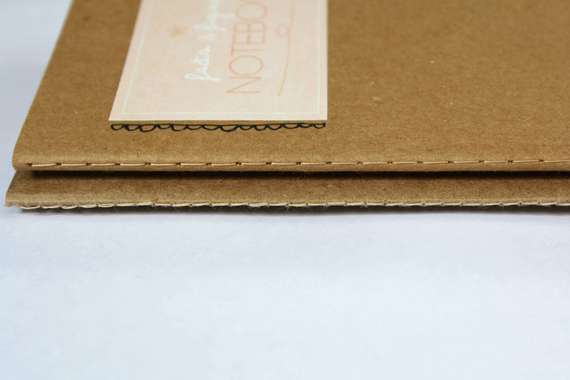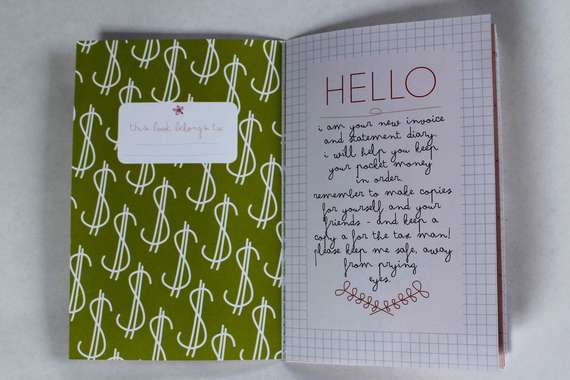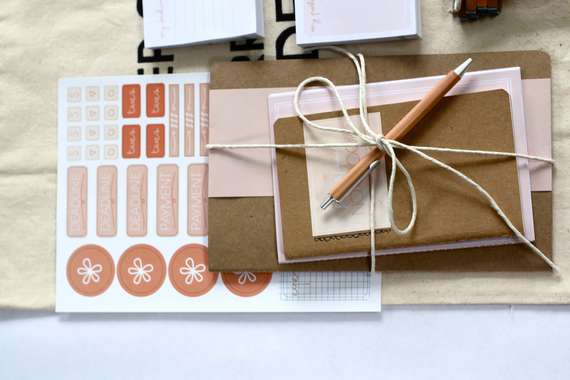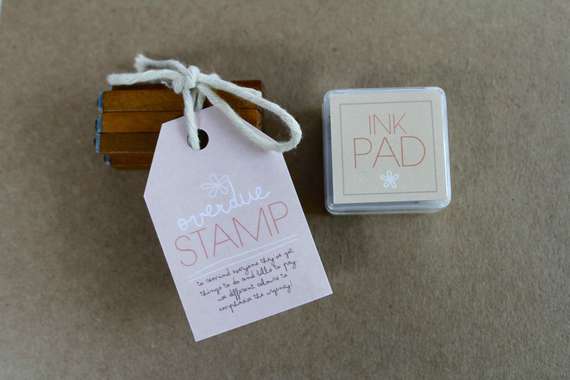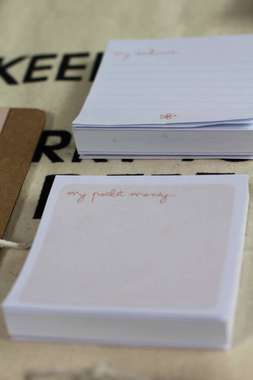Bookkeeping for Kids
This work has not been commented by curators.
Title
Bookkeeping for Kids
Headline
Bookkeeping Kit for Kids
Concept author(s)
Becki Kenworthy
Concept author year(s) of birth
1992
Concept author(s) contribution
Developed and created entire project.
Concept author(s) Country
Australia
Friendly Competition
Competition category
Visual communication practice
Competition subcategory
static
Competition field
academic
Competition subfield
student
Subfield description
Griffith University, Queensland College of Art, Bachelor of Design - Visual Communication Design
Check out the Debt. 2012 outlines of Memefest Friendly competition.
Description of idea
Describe your idea and concept of your work in relation to the festival outlines:
Debt is an ever-growing issue in todays society - so much so that its impact on children is becoming more and more evident. Their child play and games constantly reflect and mimic adults’ roles and affairs. Their fantasy play worlds now involve cash registers, shopping trolleys and fake money - when does it all become too much?
The aim of my project is to draw attention to the economic impact on children in todays society through their naivety towards their fantasy world of mimicking adult roles in play.
This statement then (after research and development) prompted me to create a bookkeepers stationery kit for children. Each of the elements in the kit form items for kids, mimicking the stationery items bookkeepers use.
The stationery kit incorporates a combination of shades of peach, hand script typography and hand drawn illustrations as felt appropriate for the target audience of young females.
The final outcome - Bookkeeping for Kids – includes: An activity ‘Invoice and Statement’ Diary, a ‘Time, Pay and Wages’ Notebook, a ‘Facts and Figures’ Notebook, a ‘Cheque Book’ notepad, a ‘Reminder’ sticker sheet, post-it notes, ‘Play Time Clock on/off ’ card and envelopes, ‘Overdue’ stamp and ink pad, and a canvas tote bag to contain the kit.
What kind of communication approach do you use?
The final visual product consist of a range of various stationery pieces marketed for the young teenage girl. Each element embodies a particular visual style felt appropriate when targeting teenage girls - shades of peach/pink, hand lettering and hand drawn illustrations. The stationery kit includes a twenty page activity ‘diary’, two notebooks, a note pad, a stamp kit, gift cards and envelopes, a sticker sheet, post-it notes and a canvas tote bag to contain all items. Each element is designed to mock the items found on the desk of a bookkeeper eg. Invoice and statement diary and pay, or time and wages notebook. There is a strong juxtaposition of the pretty elements and the statements throughout the kit which mock the play vs money concept.
What are in your opinion concrete benefits to the society because of your communication?
The overall impact benefits society as it draws attention to this every growing money issue, making people really think. The subtle juxtaposition of concepts can catch people off guard – creating the illusion of this problem, which is creeping up on us without anyone really noticing.
What did you personally learn from creating your submitted work?
Initially, I found the topic of ‘Debt’ very intimidating, through research and development I learnt more about different economic situations throughout the world including the economic situation in Uganda and the Occupy protests. I also learnt through the exploration of using visual communication design as a statement – something I had not been asked to do before. I think it is important that we, as communication designers, use our position to communicate messages with political, culture and social messages – portraying an argument that can provoke debate and thought within society is an important element.
Why is your work, GOOD communication WORK?
I feel my work allows people to relate to the concept and are able to repsond to it. The ironic comments on each of the items make people stop and think about their part in this reality and the direct impact it is having, without them really realising.
Where and how do you intent do implement your work?
The stationery kit advocates for awareness of my concept therefore would be distributed in public places along with other free publications. Everywhere from office places to clothing stores.
Did your intervention had an effect on other Media. If yes, describe the effect? (Has other media reported on it- how? Were you able to change other media with your work- how?)
I dont think my work had an effect on other Media.

